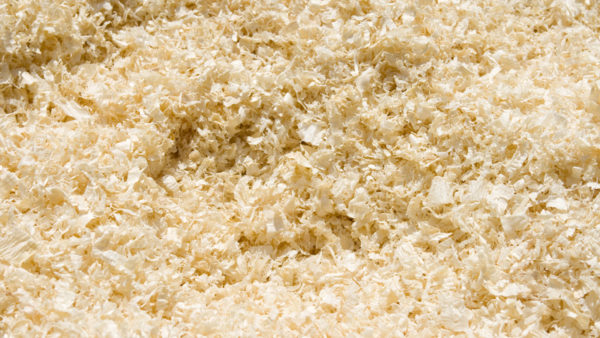UK consulting engineer Arup has produced a report titled "The Urban Bio-Loop" that describes how food waste could be used as building materials.
The paper highlights uses for a number of waste products:
- Peanuts Shells can be used to produce low-cost materials such as partition boards that are resistant to moisture and fire.     Â
- Rice Husk ash can be mixed with cement to reduce the need for fillers. It can also be used as a raw material for the production of boards.     Â
- Banana Fruit and leaves can make rugged textiles, as they contain high-strength fibres and have good acoustic absorption.     Â
- Potato Peel can be cleaned, pressed and dried to create a low-weight, fire-resistant and water-repellent insulating material.
- Mushroom Arup has previously grown a building from fungus and agricultural by-products that produced no waste and can be composted after use.
The company argues that organic waste would ameliorate rising levels of waste and shortfalls of raw material, as well as providing industry with cheap, low carbon materials.
Arup notes that in the UK, construction accounts for 60% of raw materials consumed. At the same time, more than 40 million tonnes of dried organic waste from agriculture and forestry was produced in Europe in 2014.
A kilogram of waste incinerated for energy recovery has a value of €0.85, but the same material used for interior cladding could sell for up to €6.
Arup’s report envisages a circular system with building waste fed back into the biological cycle at the end of its service life with nutrients returned to the soil.
Guglielmo Carra, Arup’s materials consulting lead in Europe, said: "As one of the world’s largest users of resources we need to move away from our ‘take, use, dispose’ mentality.
"There are already pockets of activity, with some producers making lower carbon building products from organic materials. What we need now is for the industry to come together to scale up this activity so that it enters the mainstream.
"An important first step is to work with government to rethink construction codes and regulations to consider waste as a resource, opening up the opportunity to repurpose it on an industrial-scale."
The publication is available here.
Image courtesy of Arup
Comments
Comments are closed.











Has anybody considered the impact of food based building materials on building occupants who have severe food allergies ?
Is there a Risk ? Is a person who is anaphylactic to peanut at risk being in a room with peanut based particleboard lining the walls for instance ?
Severely allergic people can have reactions to the smell (eg peanuts or cooking eggs) without actually ingesting them and also they can react just by touching the allergen /foodstuff.
Has this been considered?
Has it been tested?
Have you sought opinions from Allergy and Immunology experts ?
PLEASE consider this potentially serious issue.